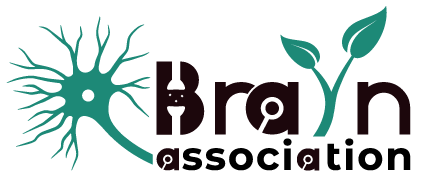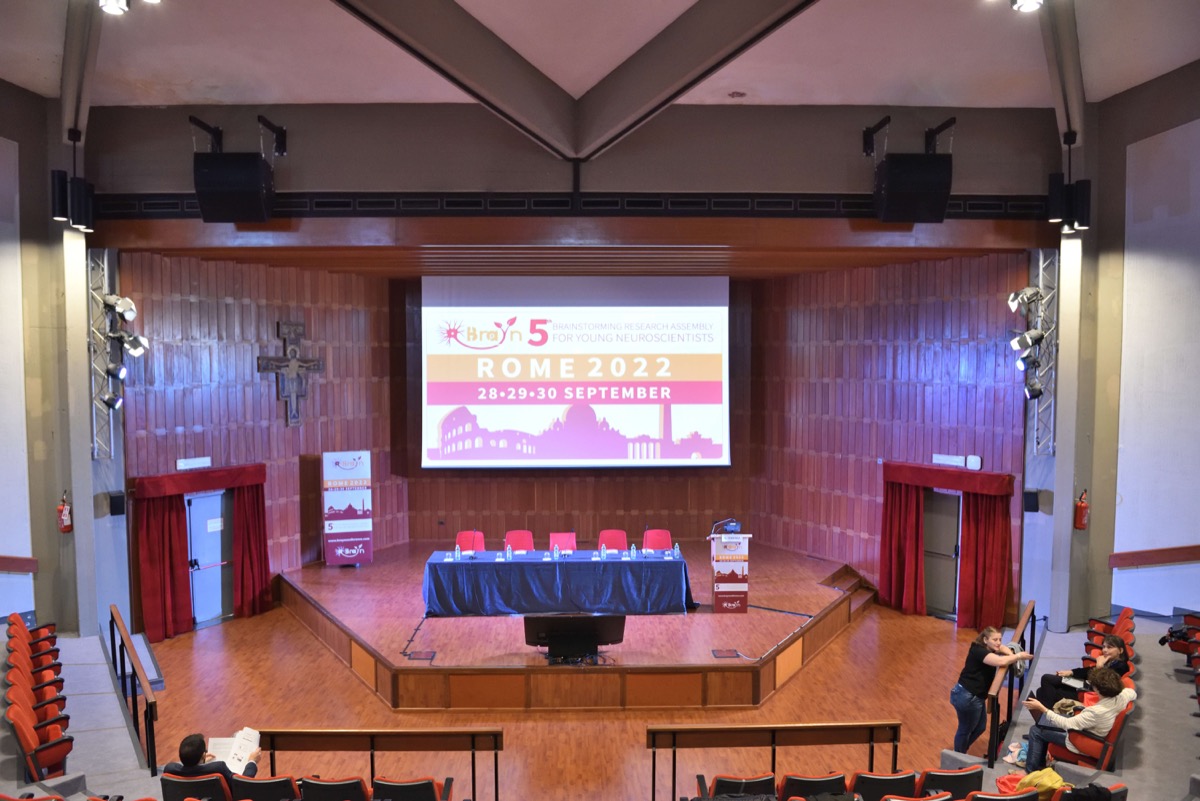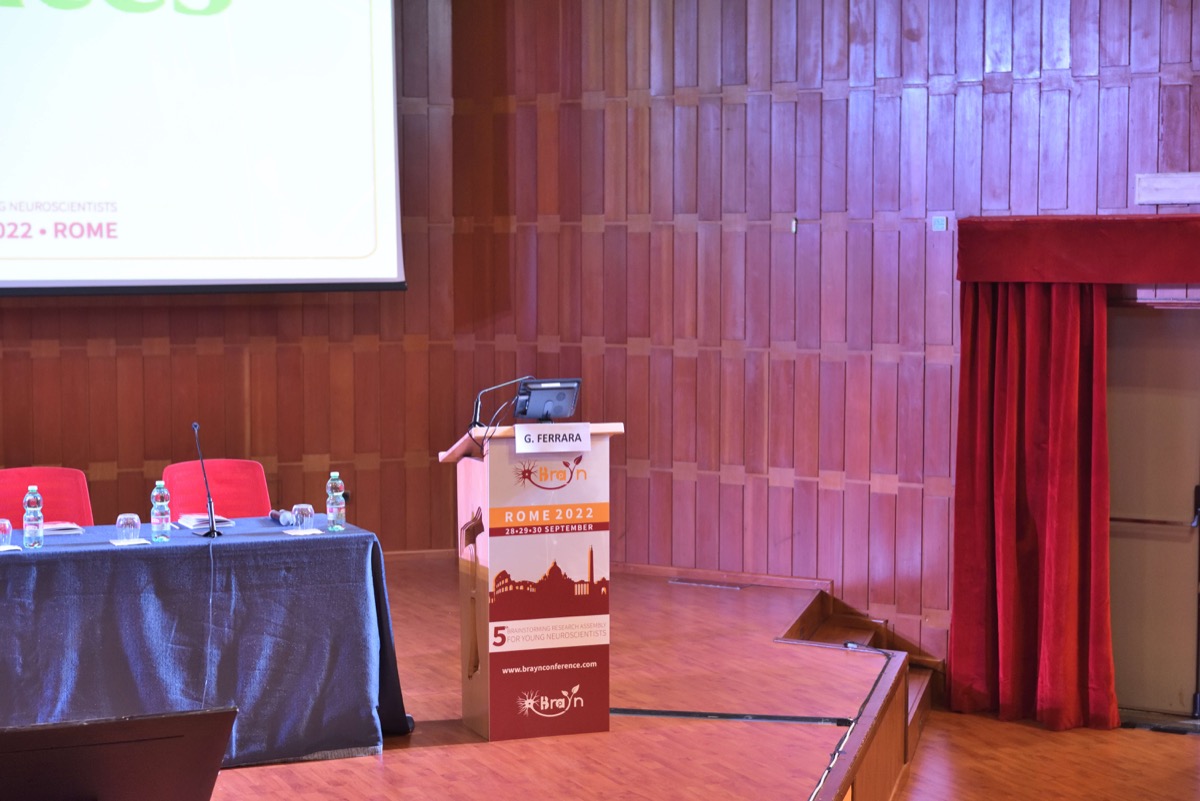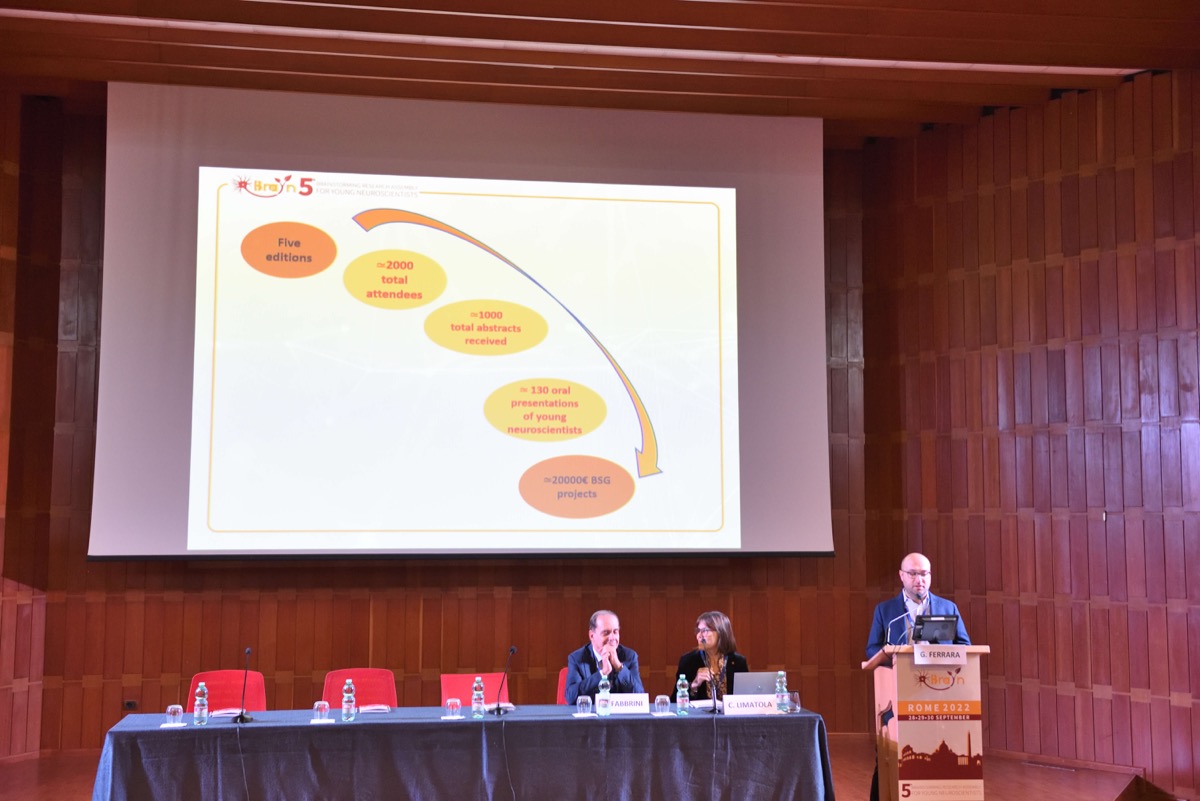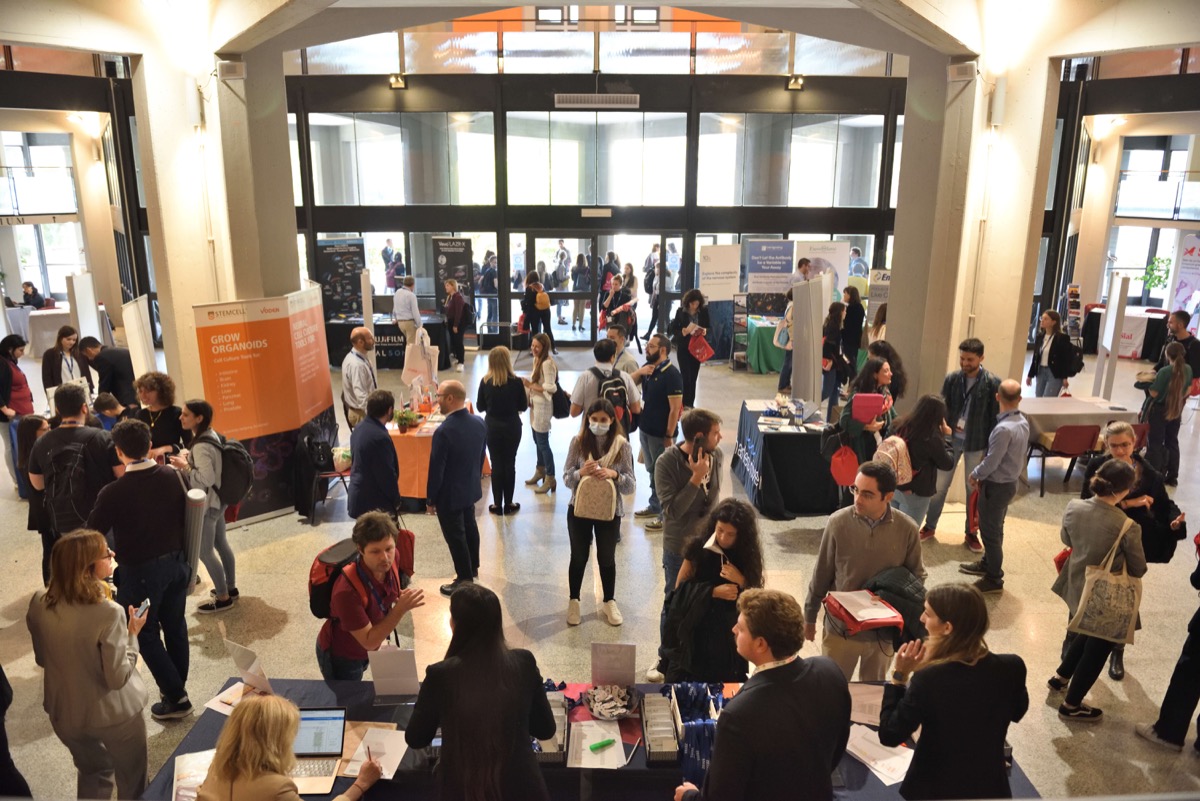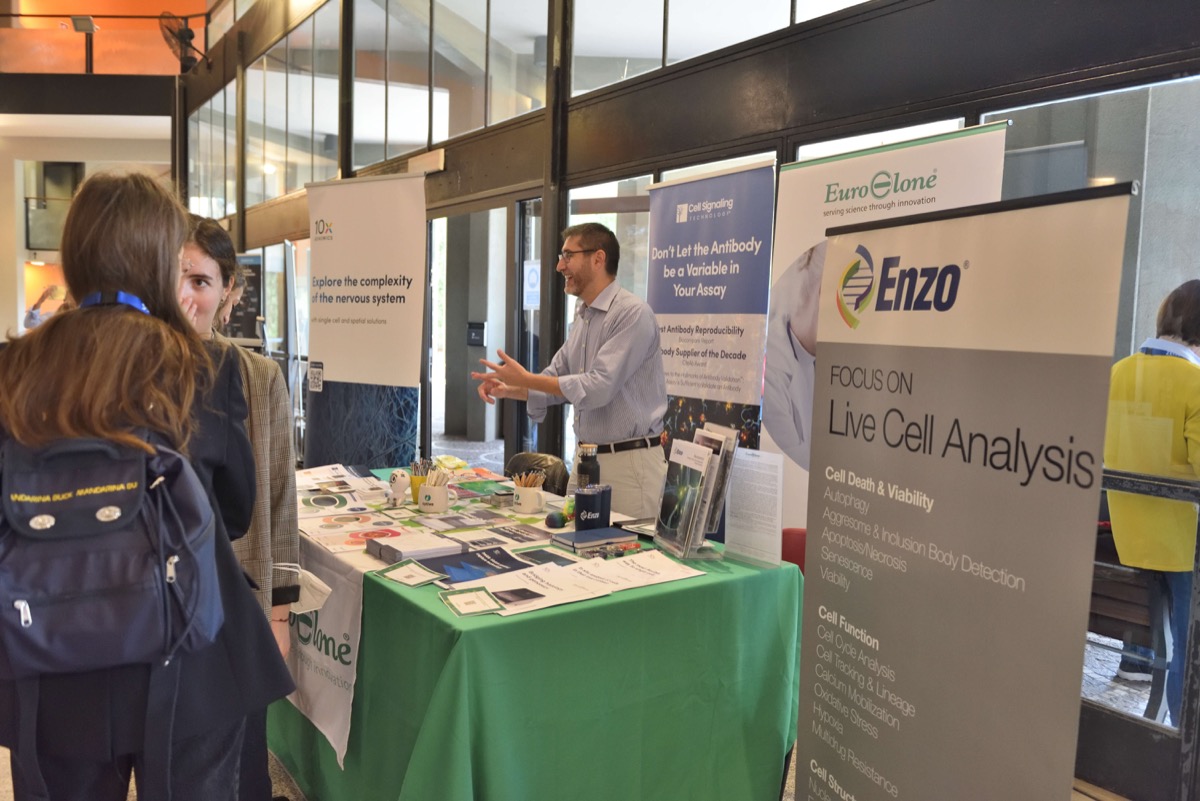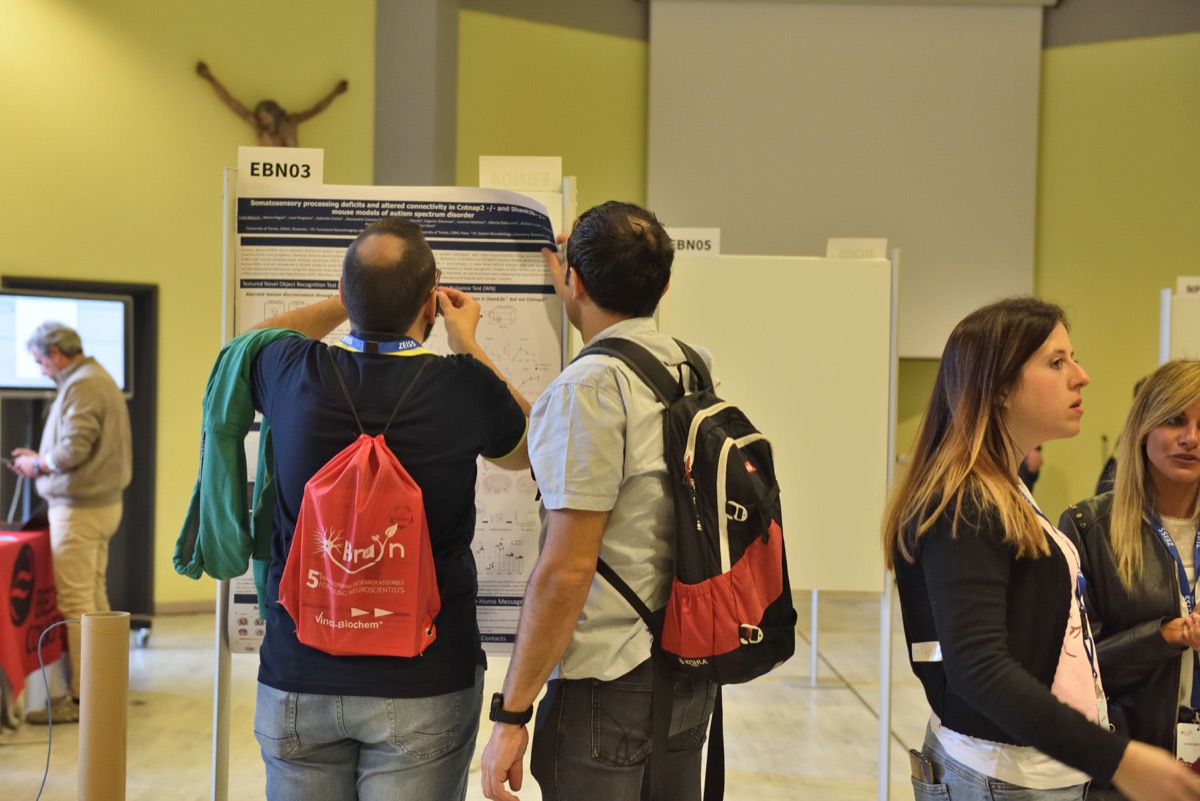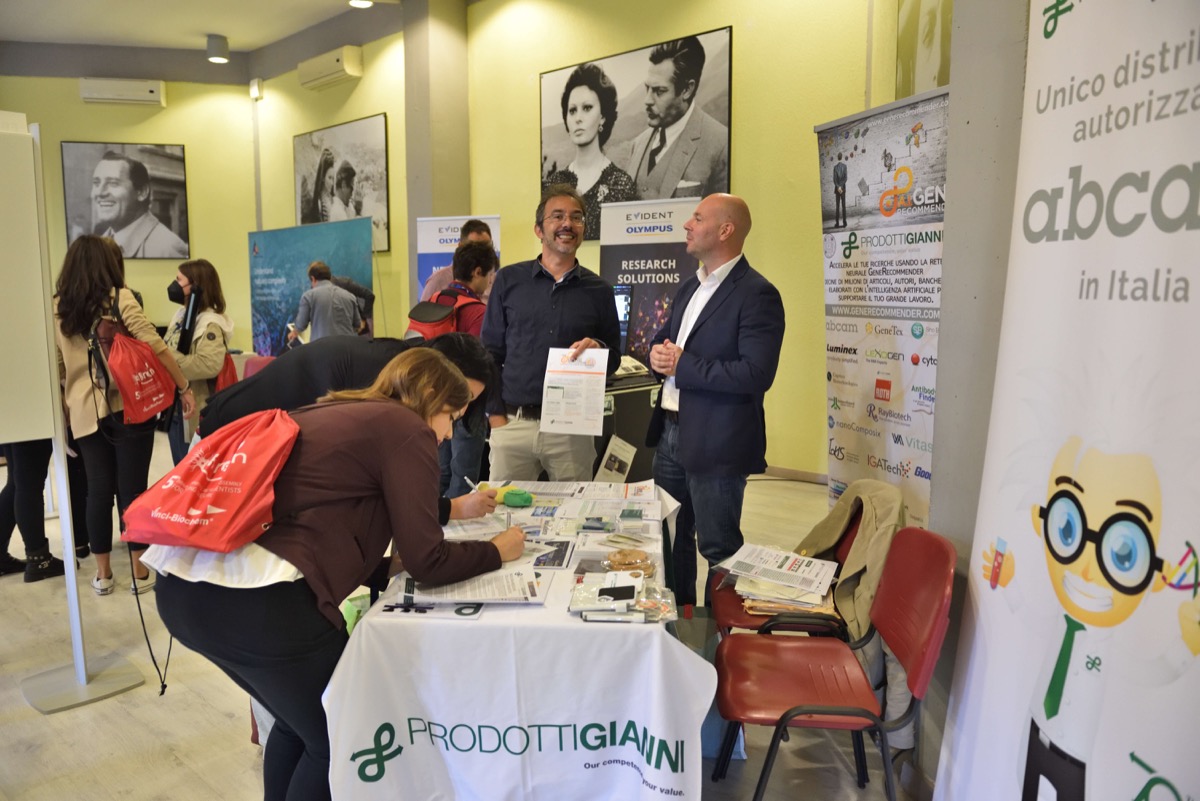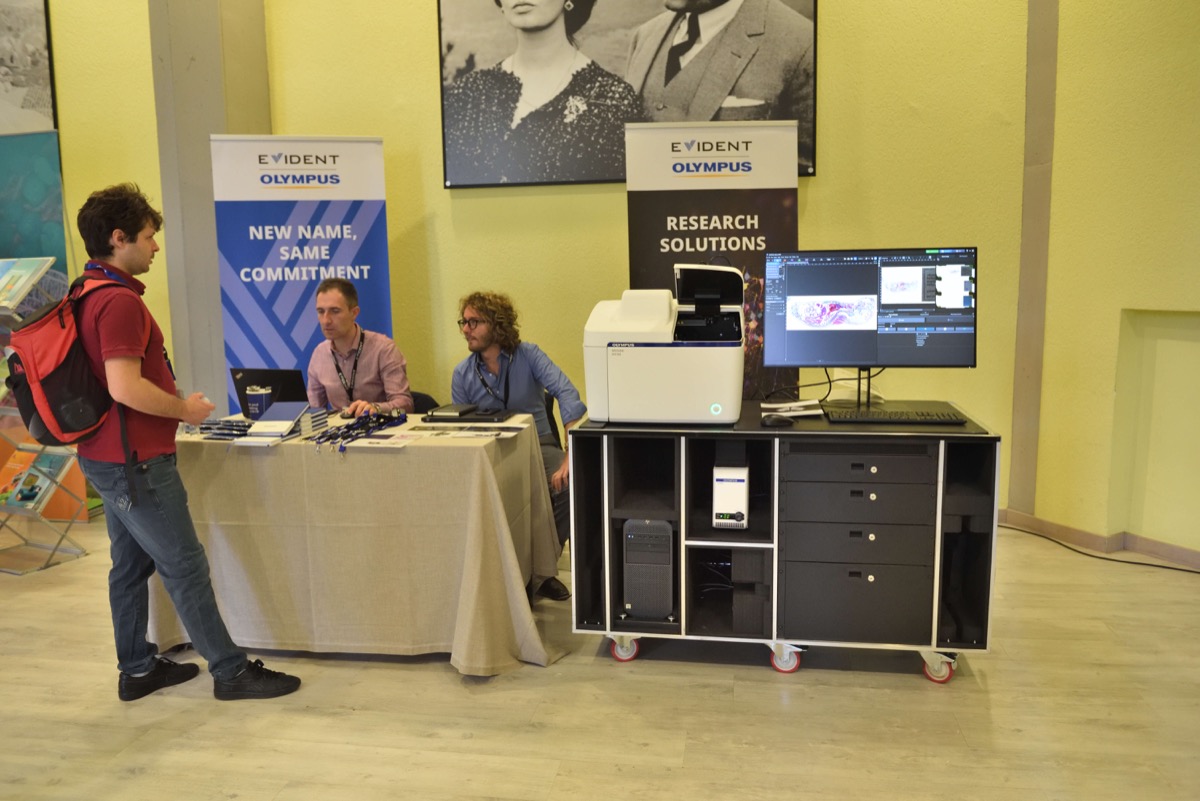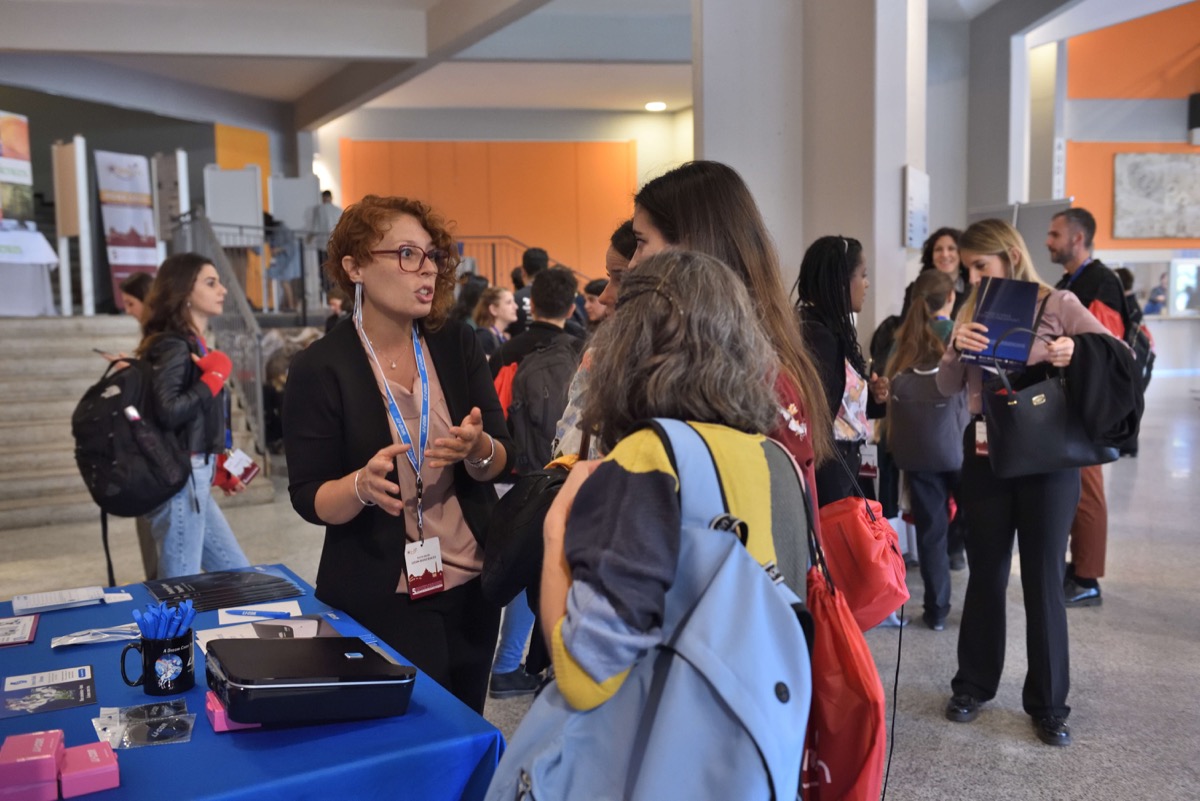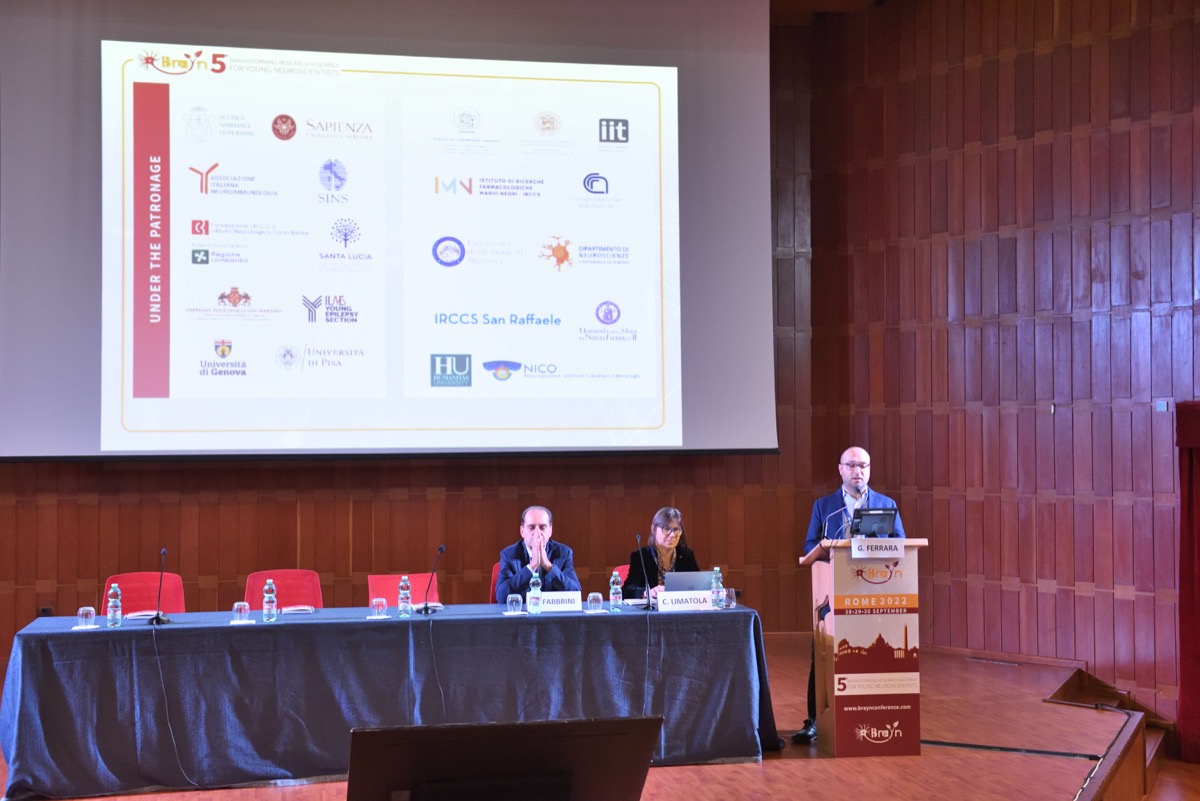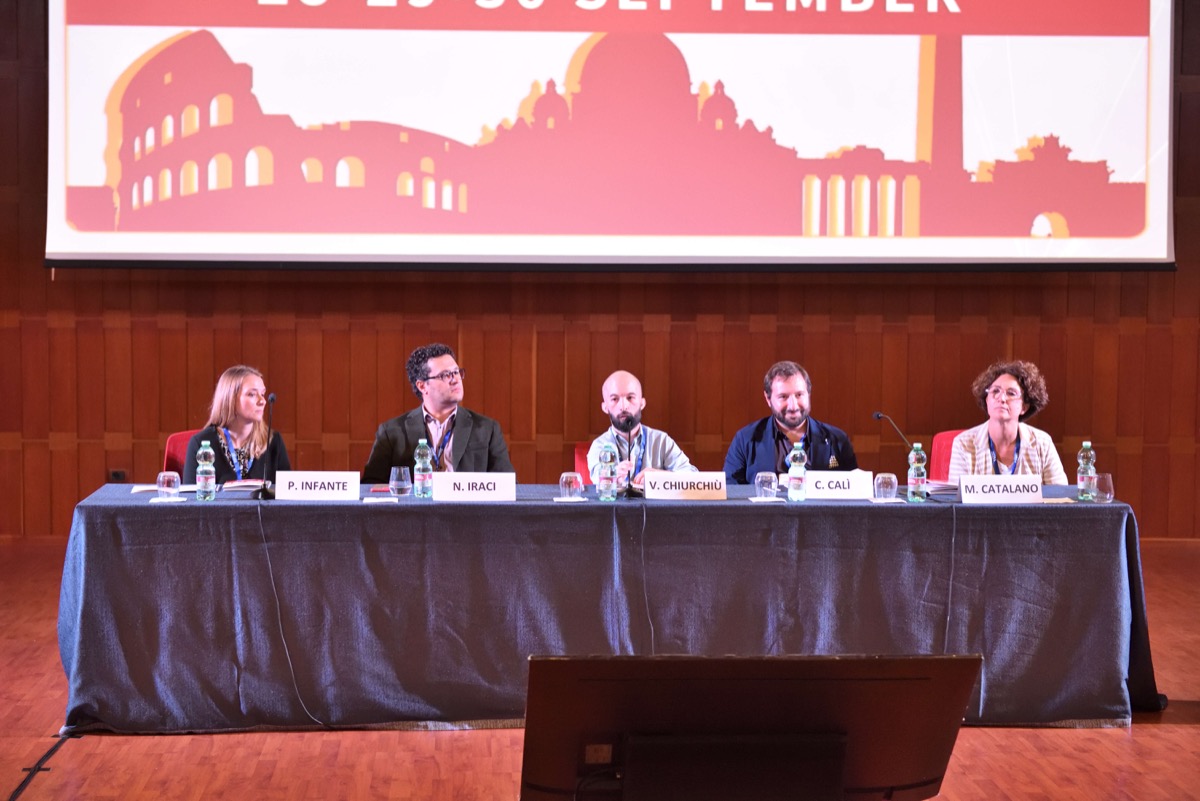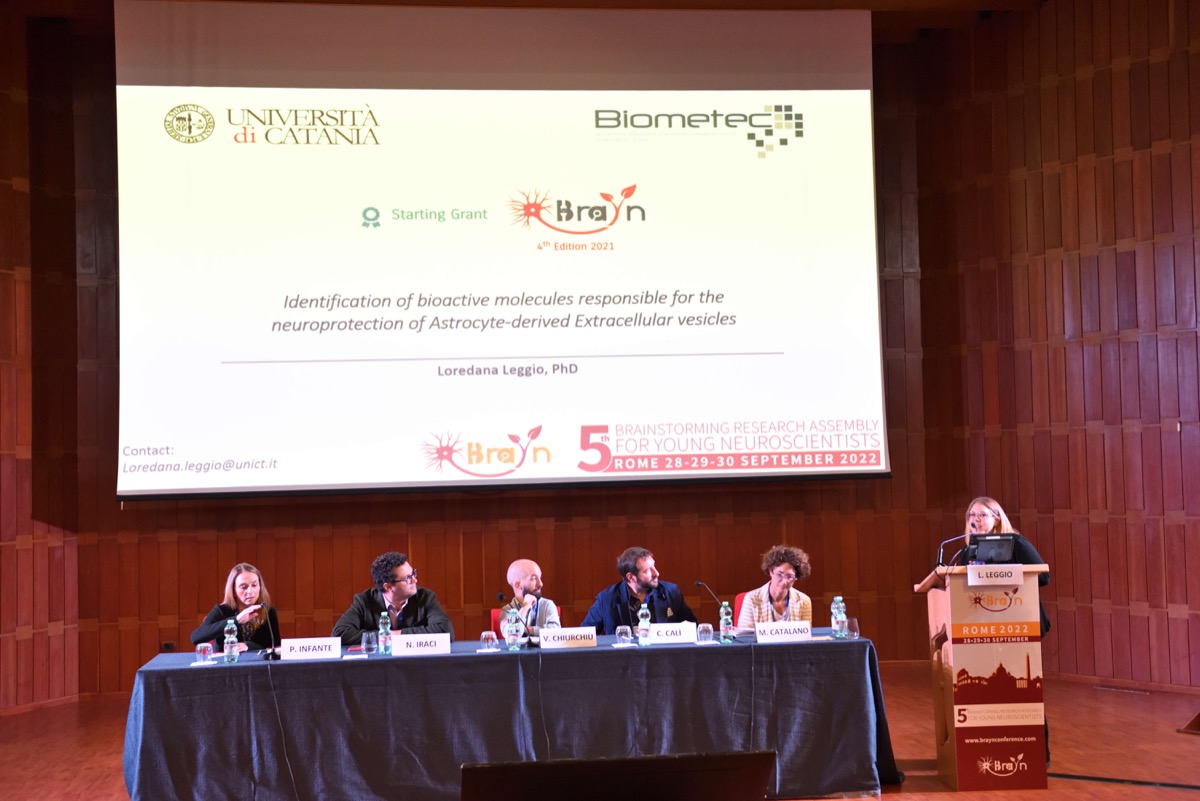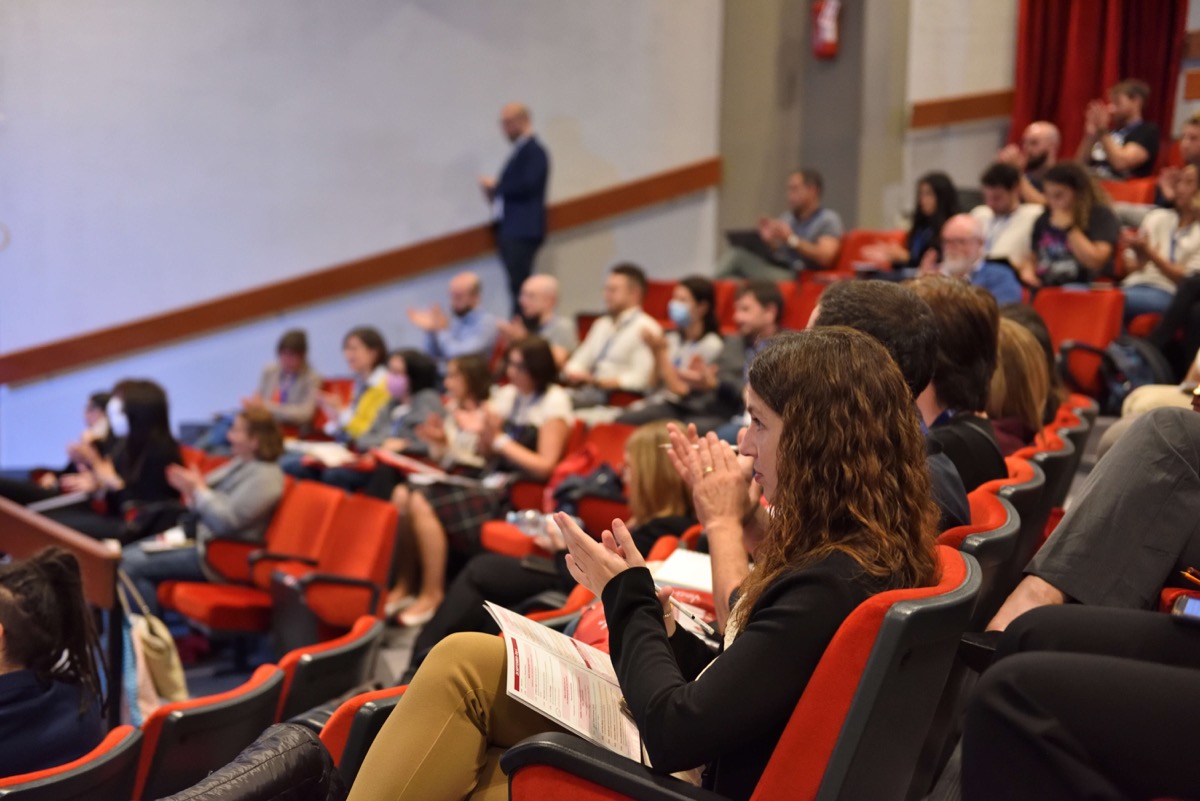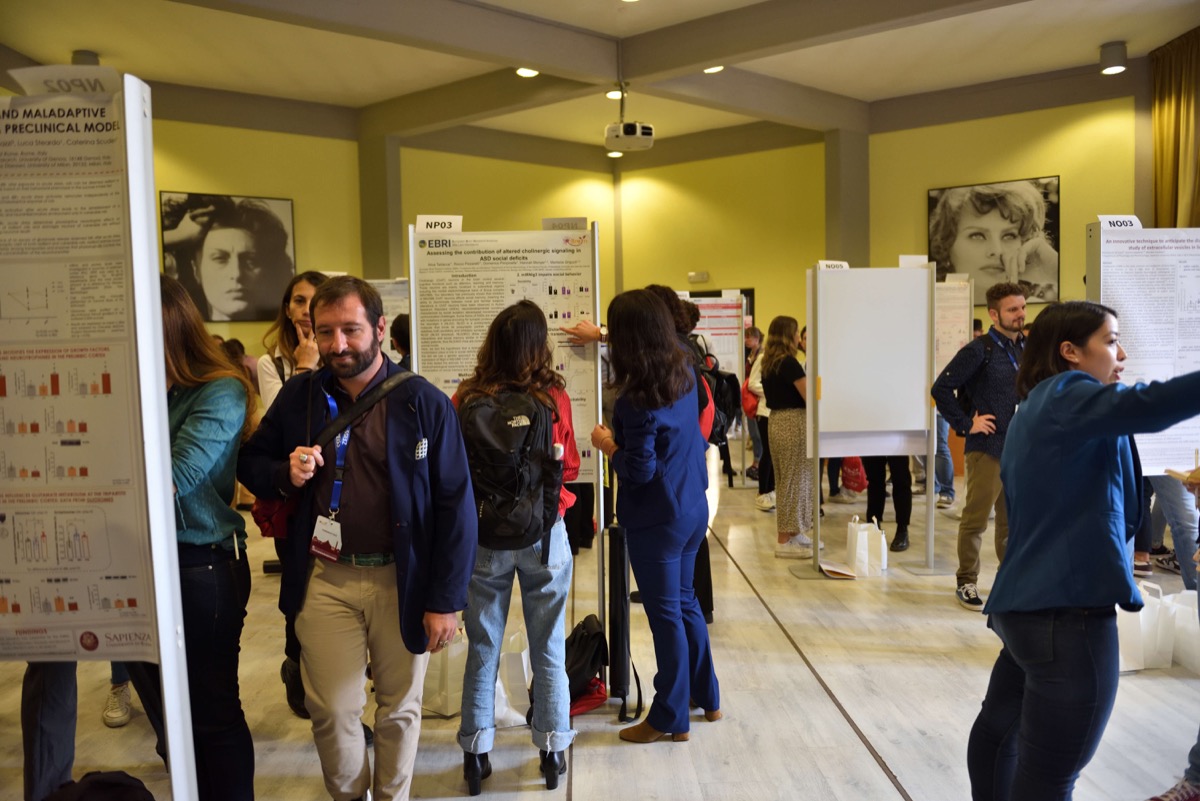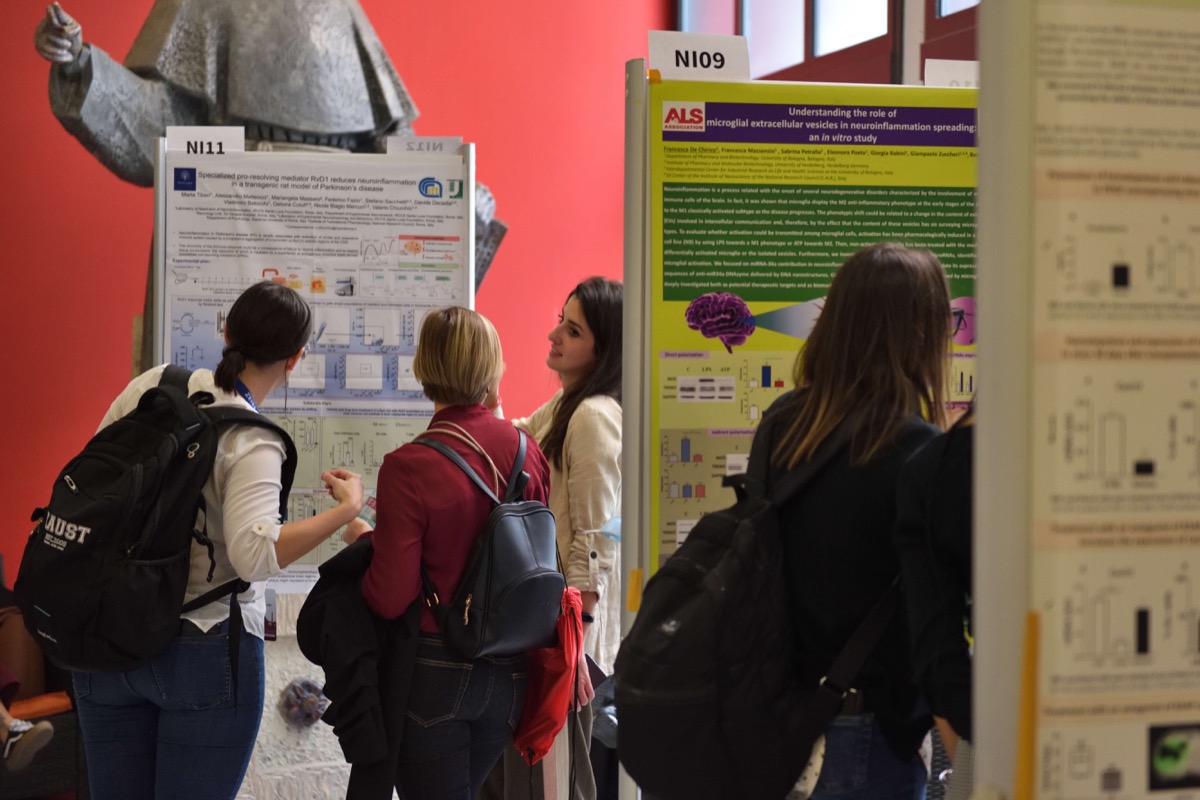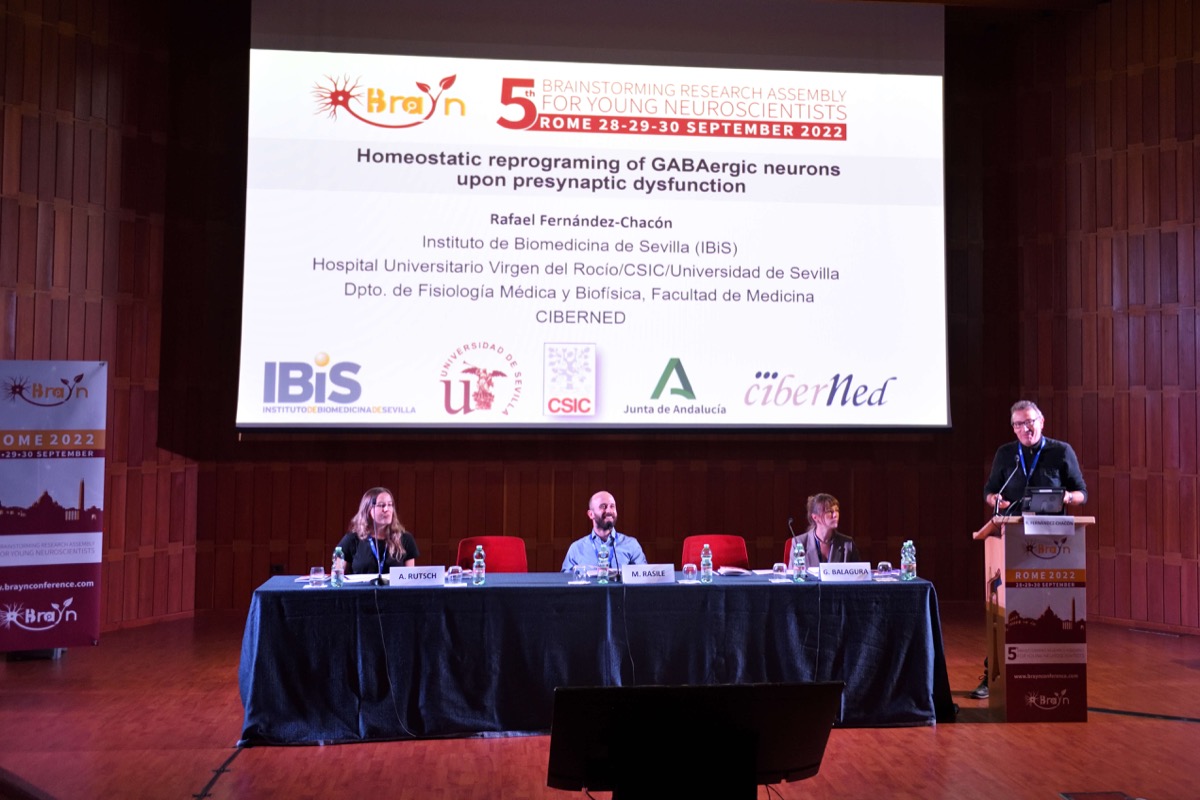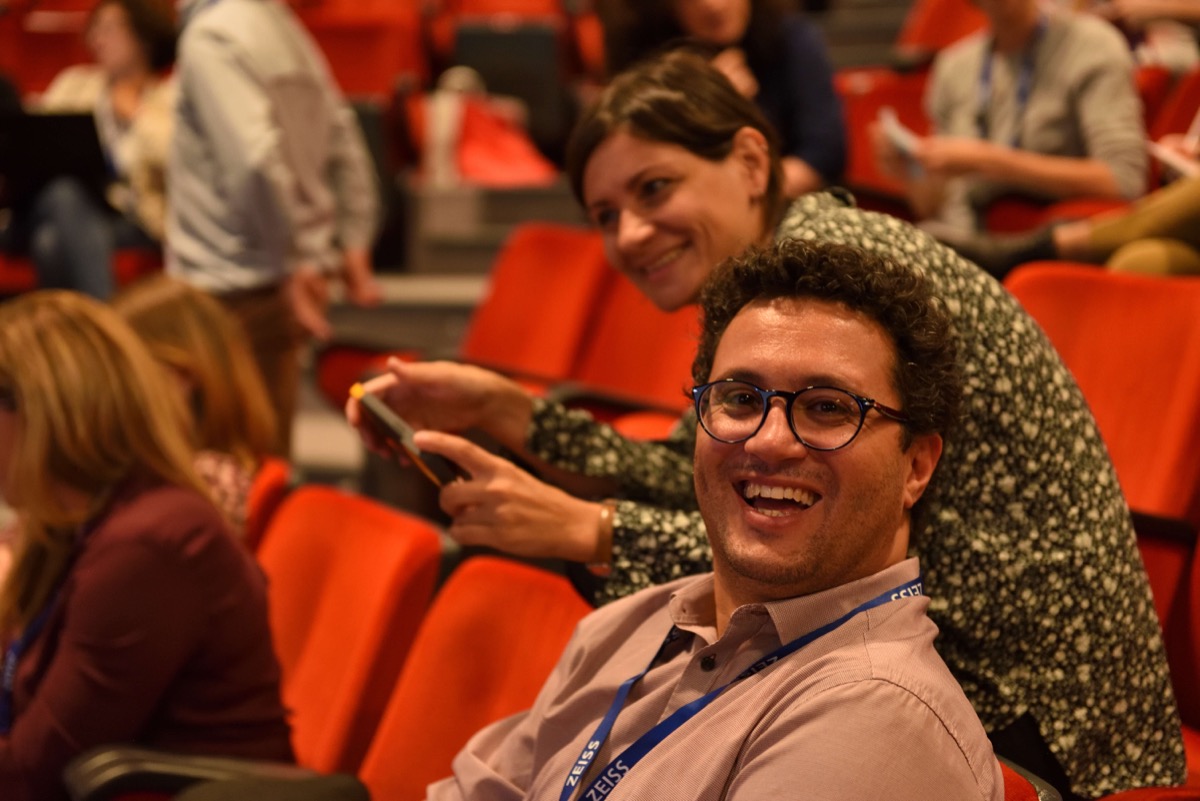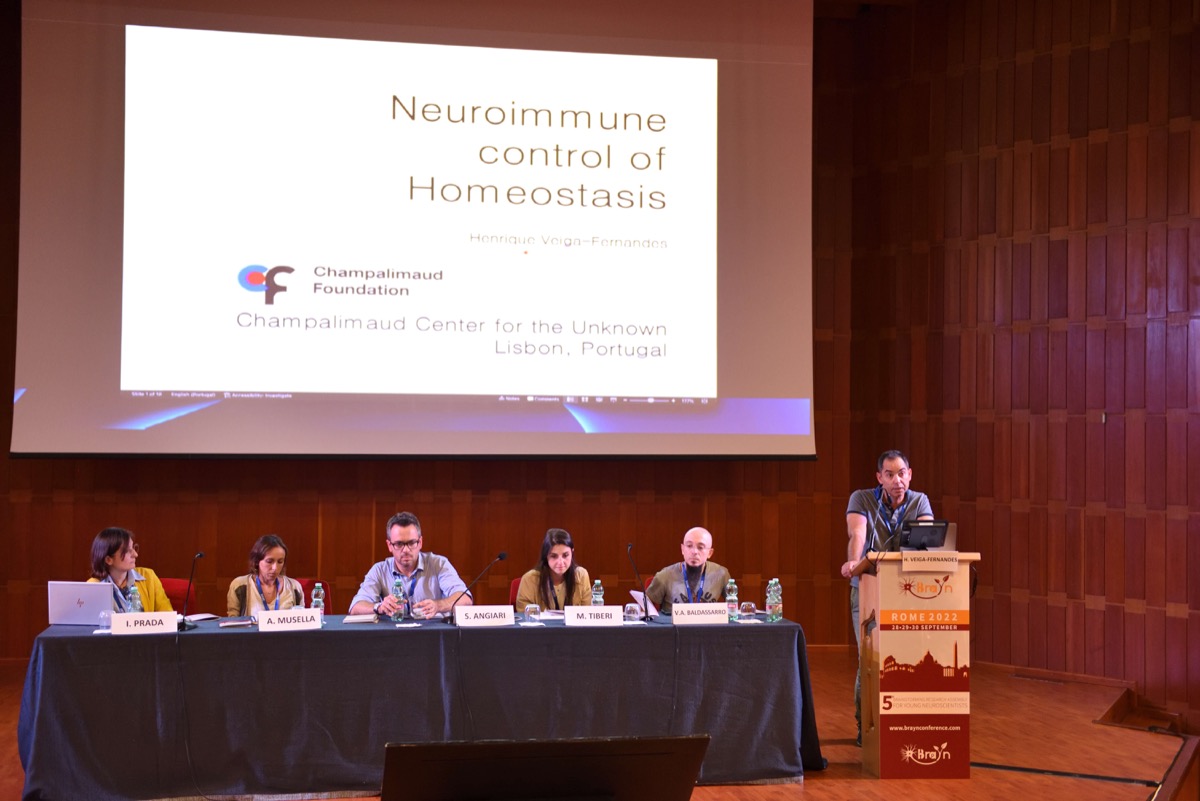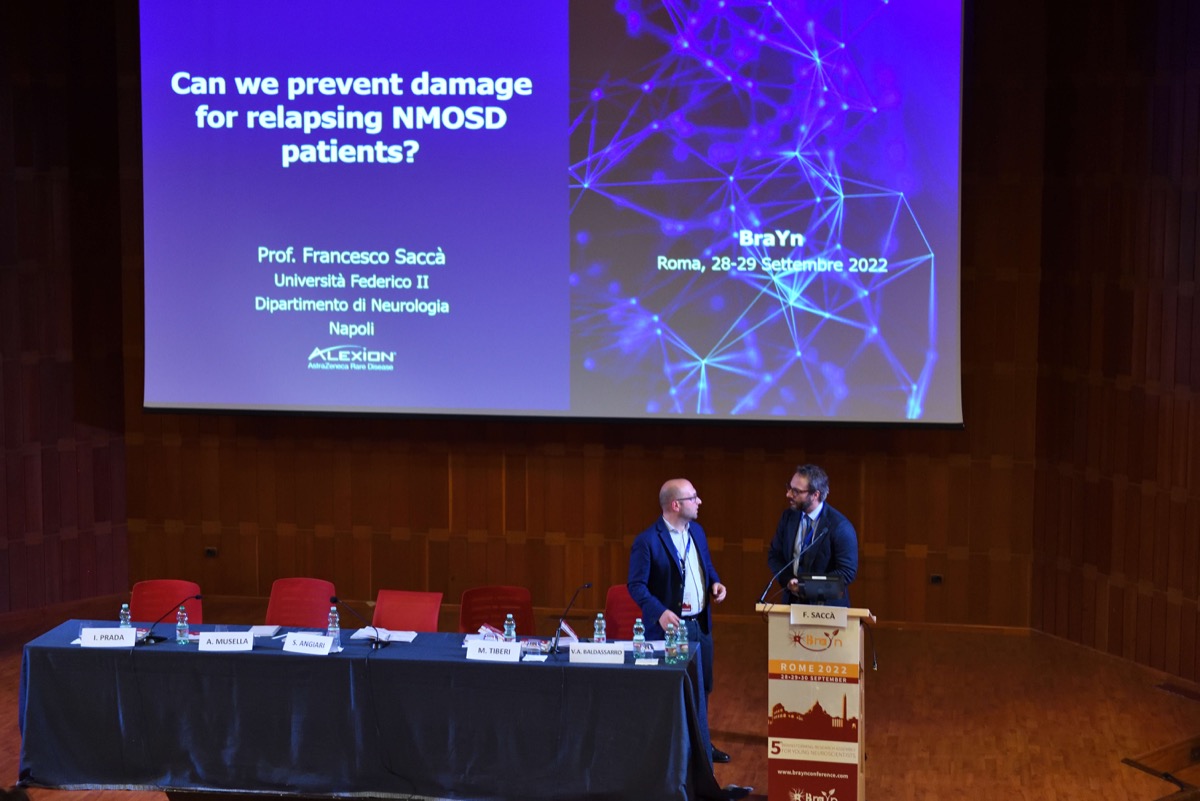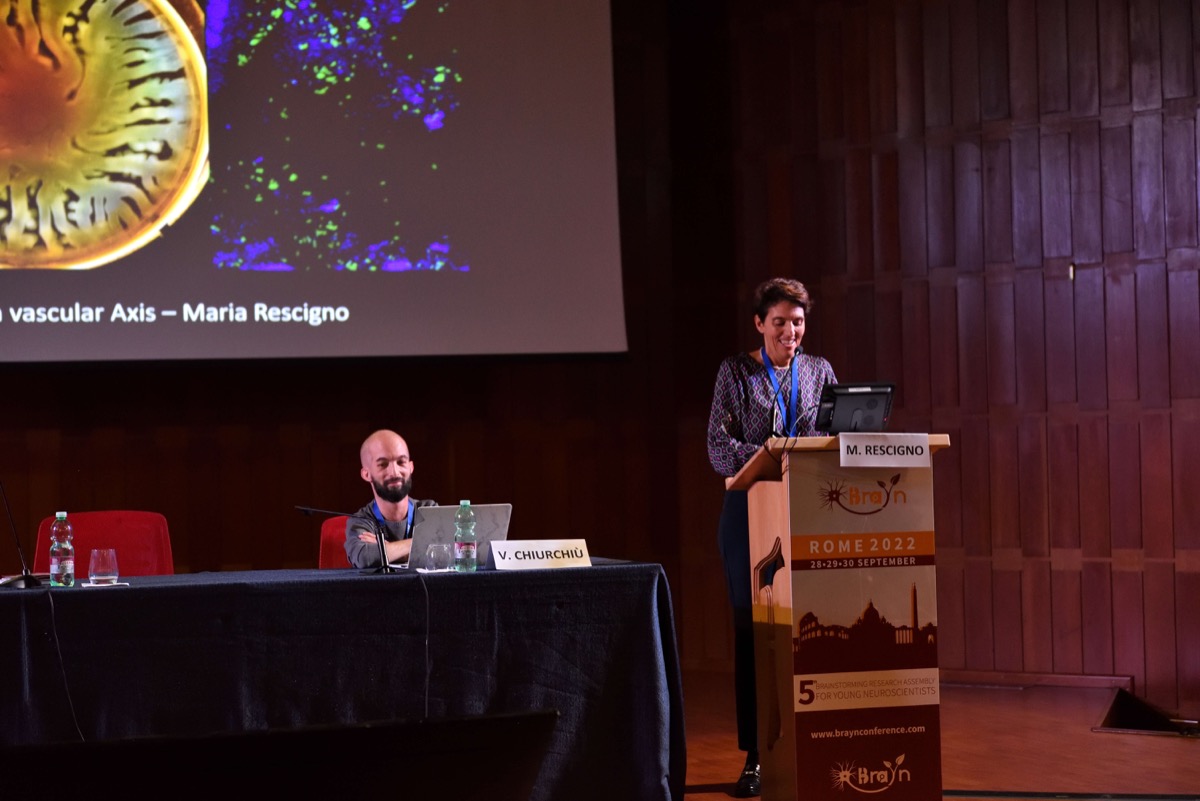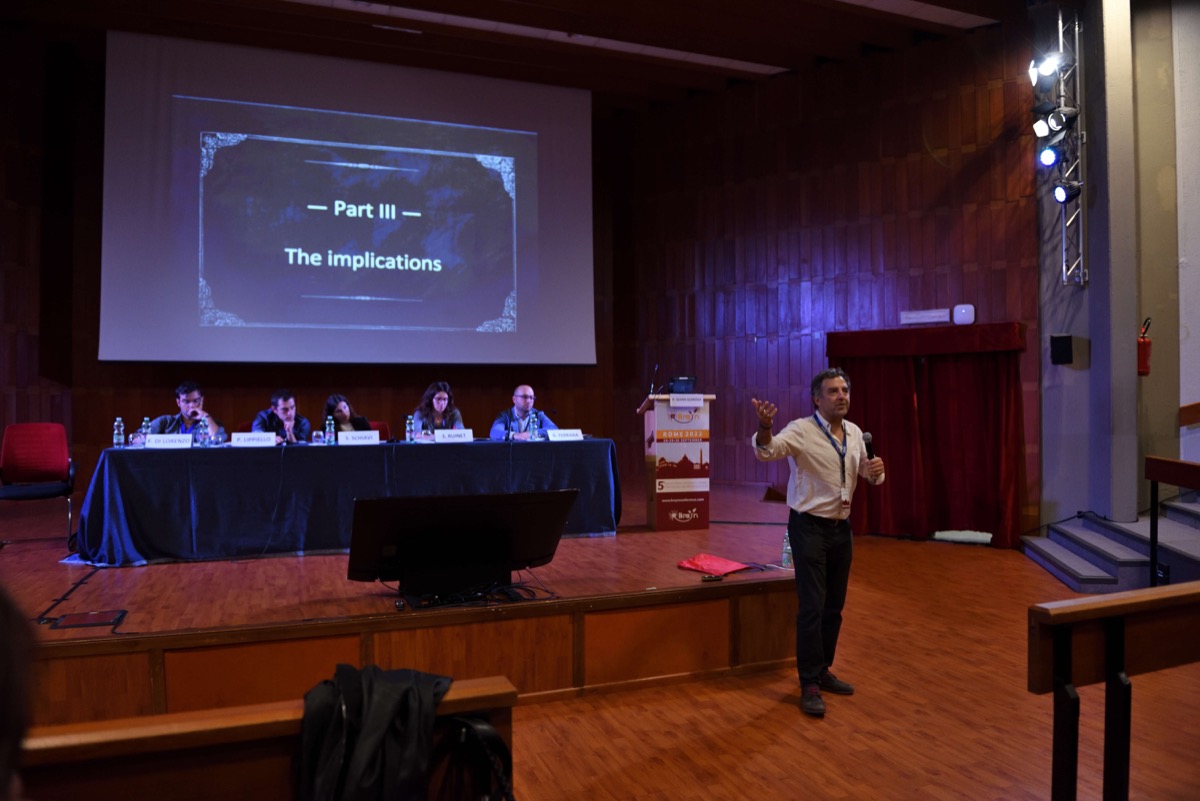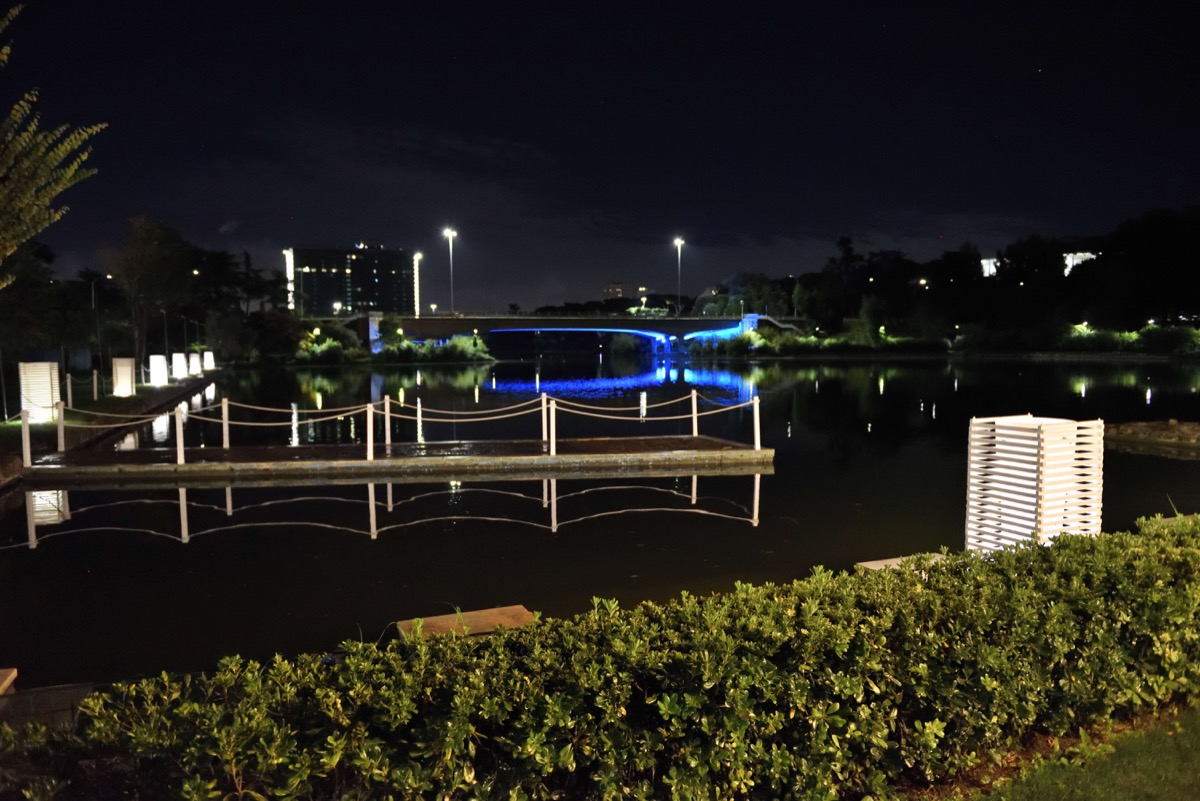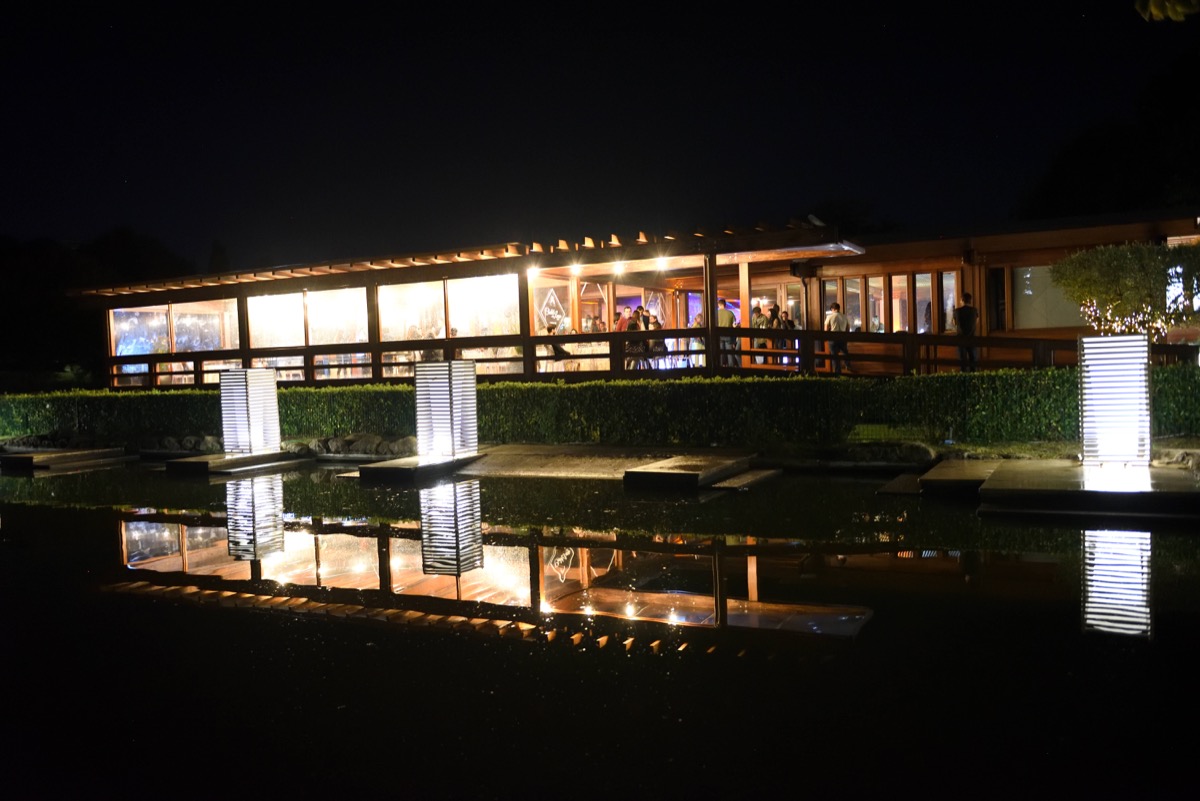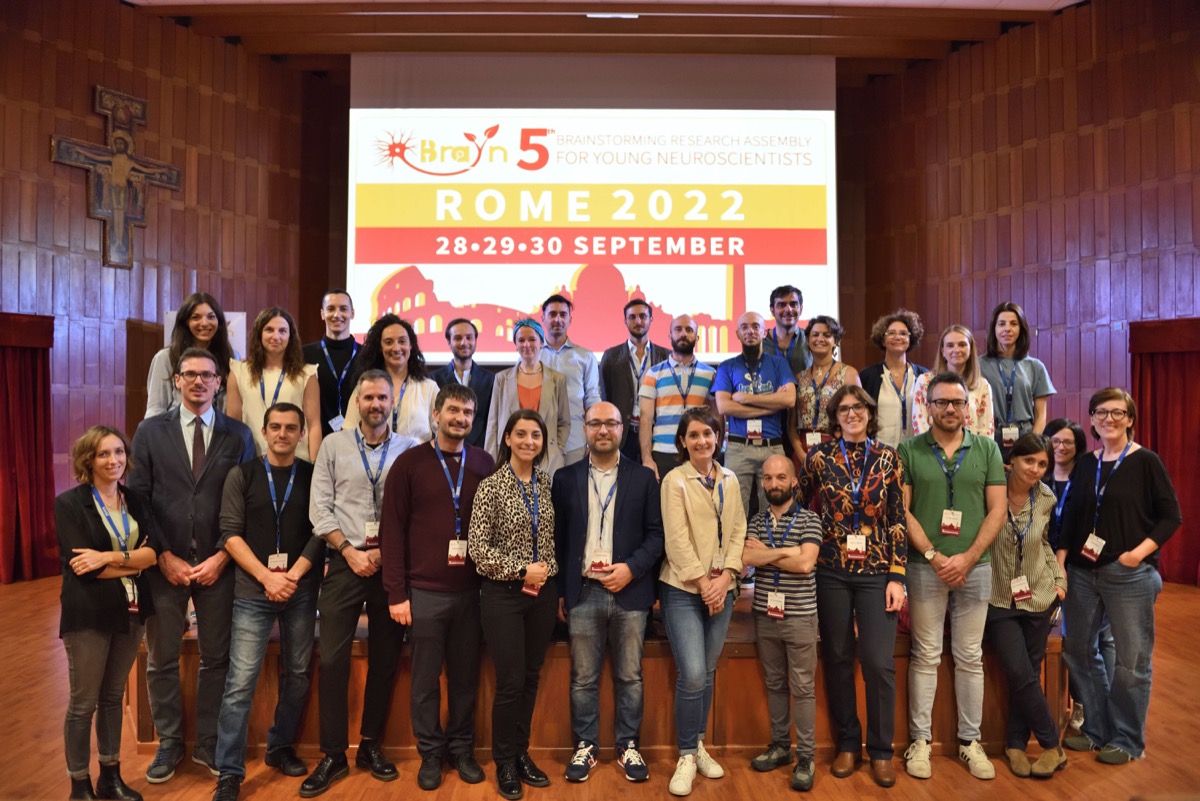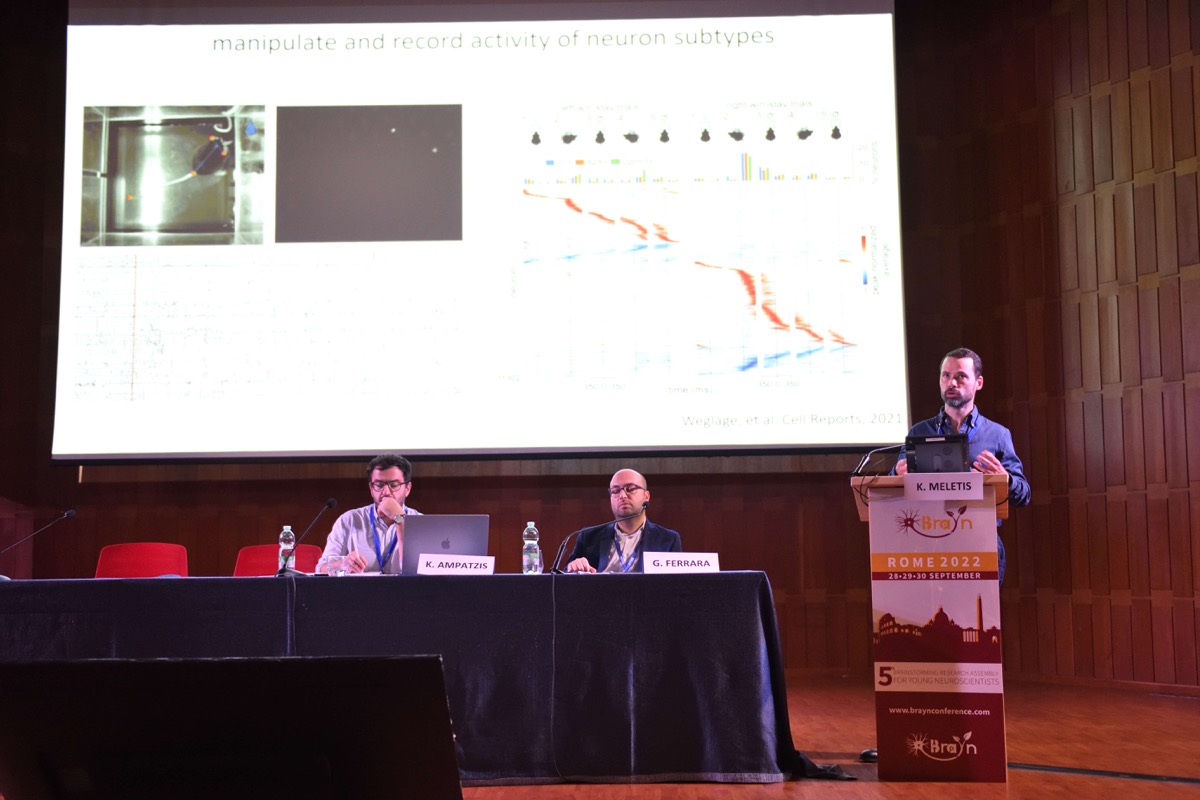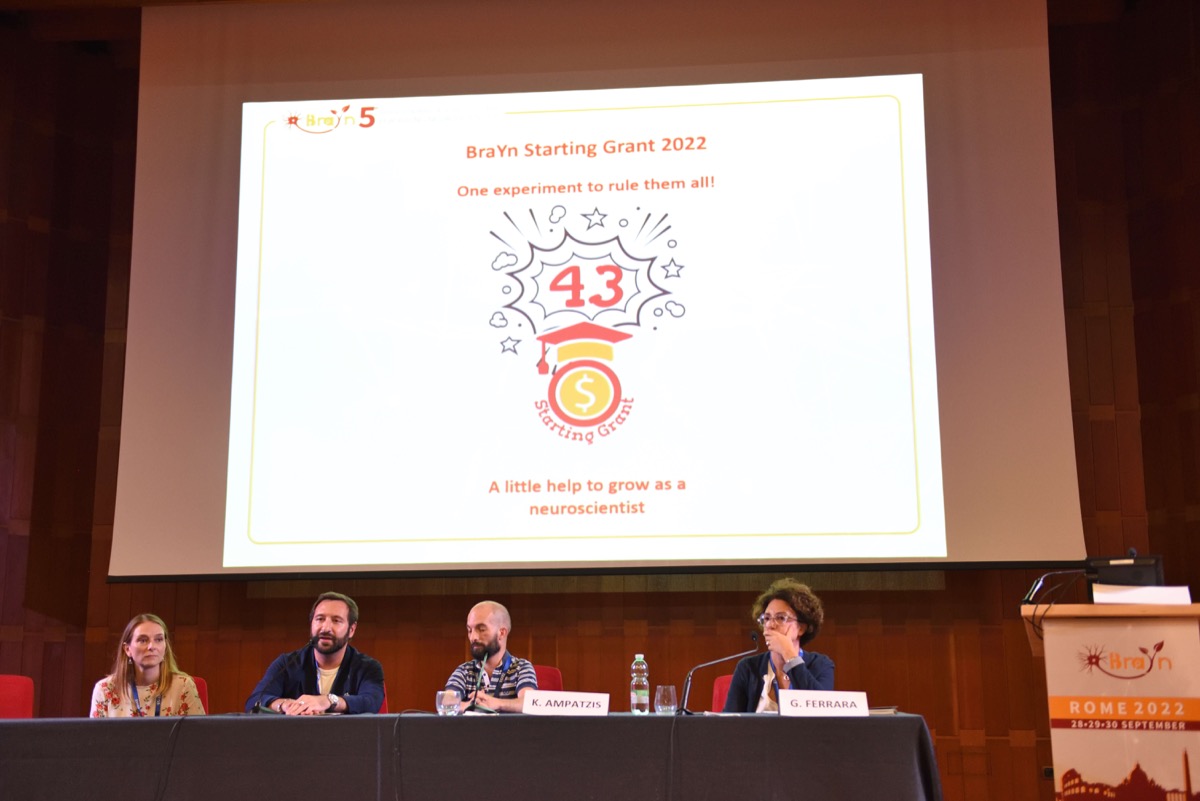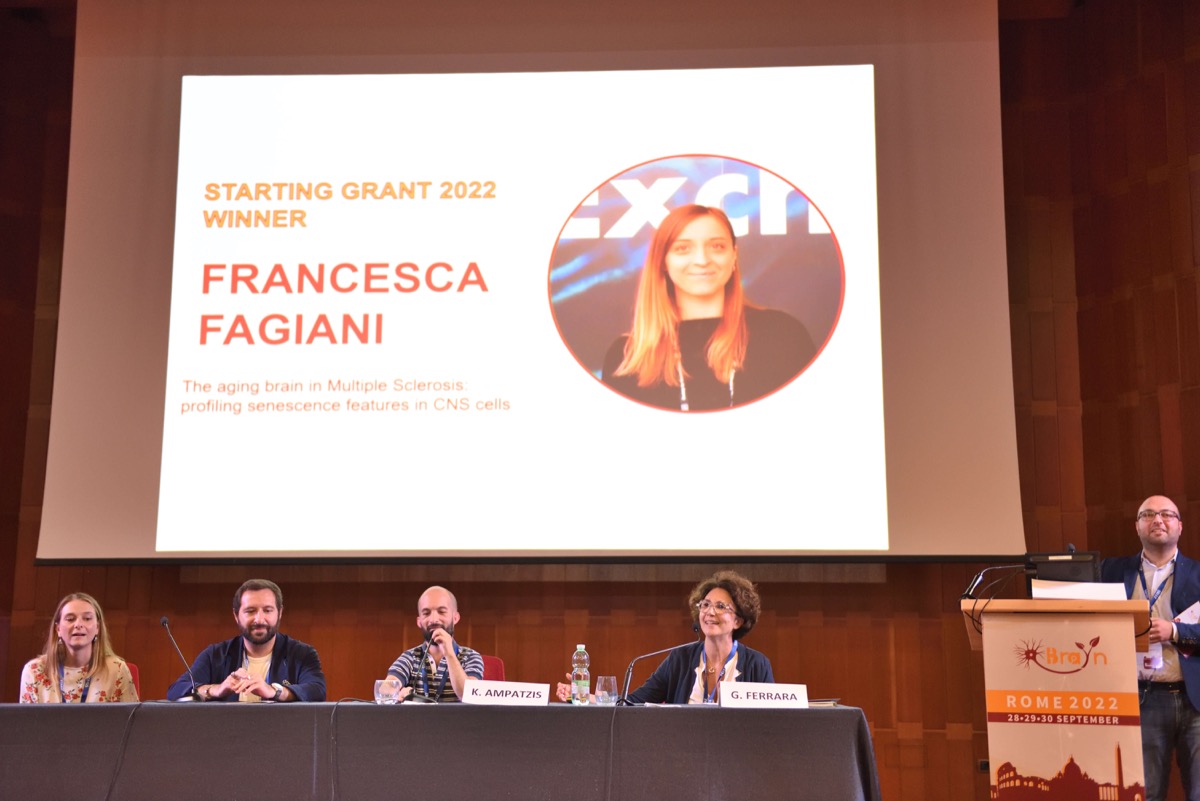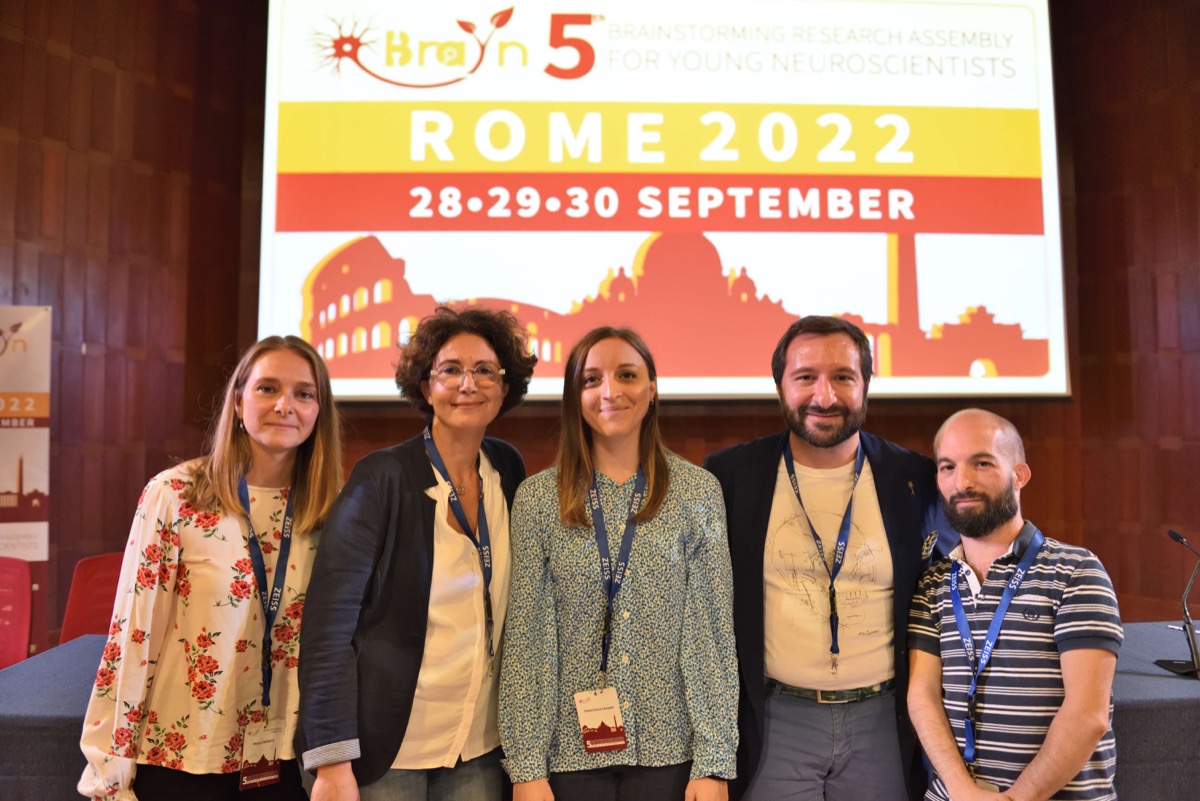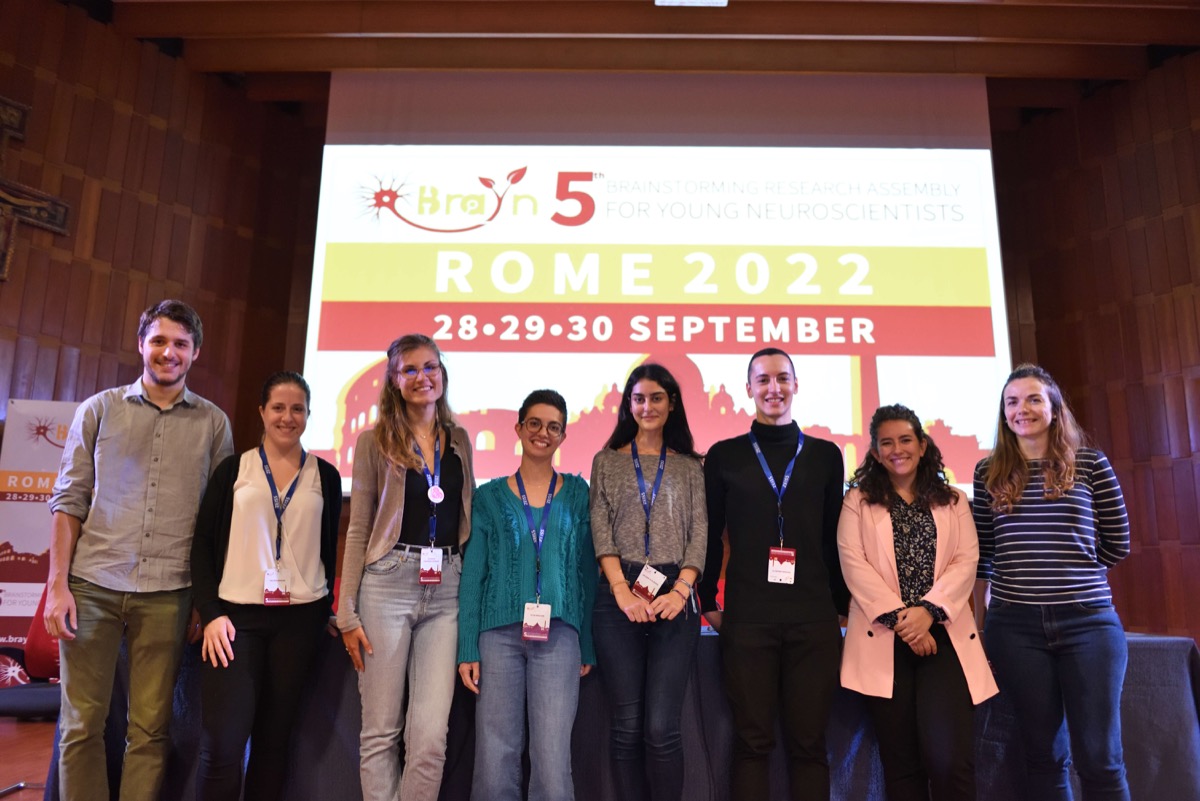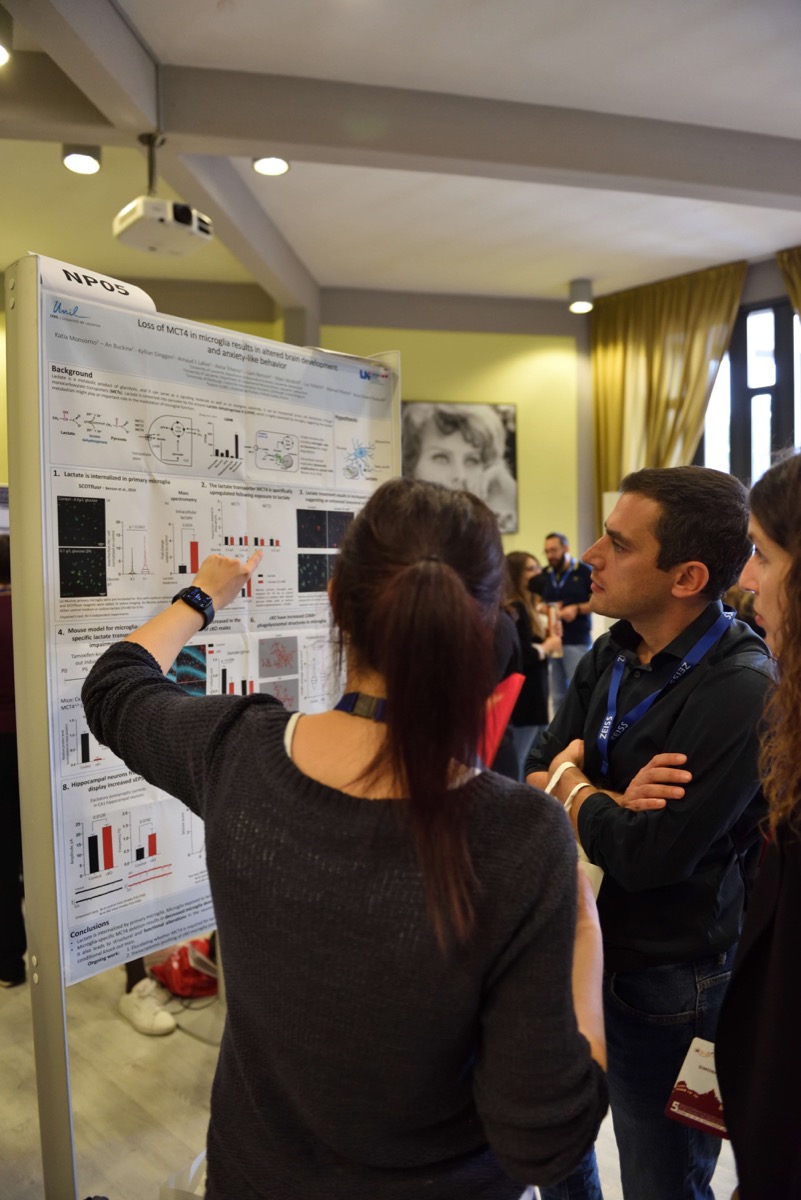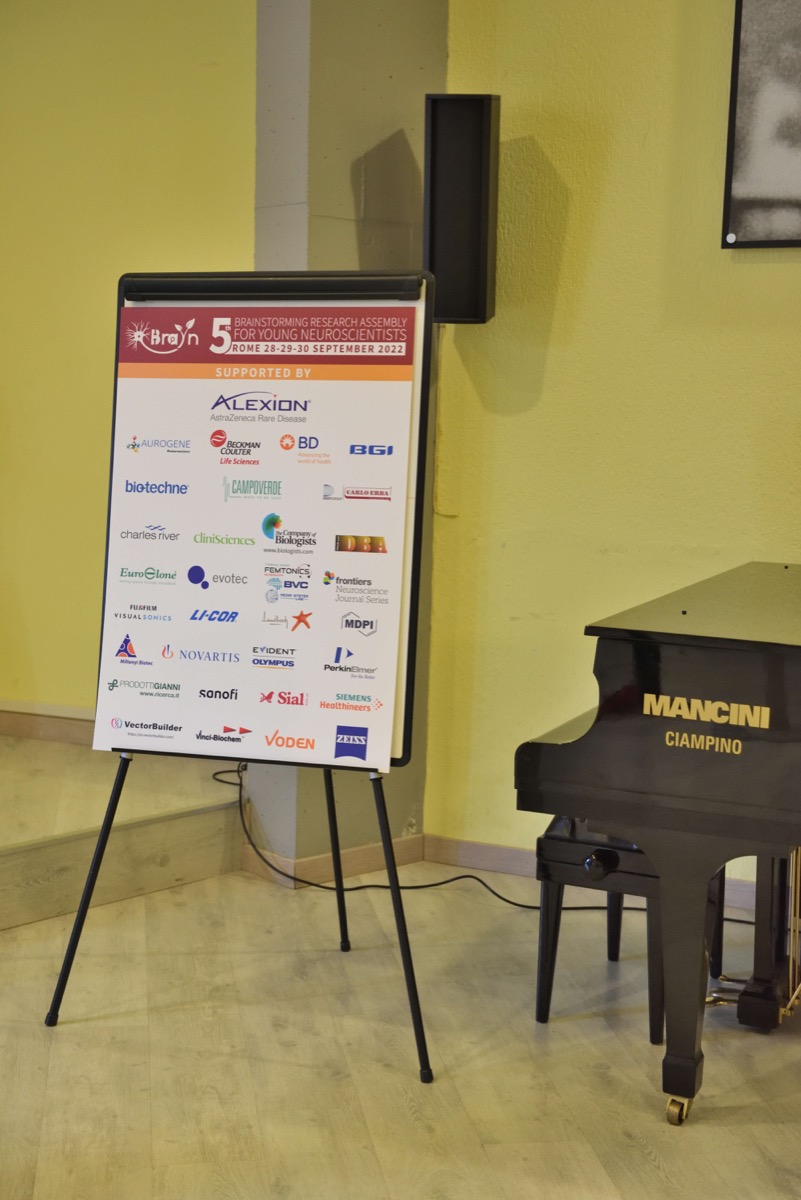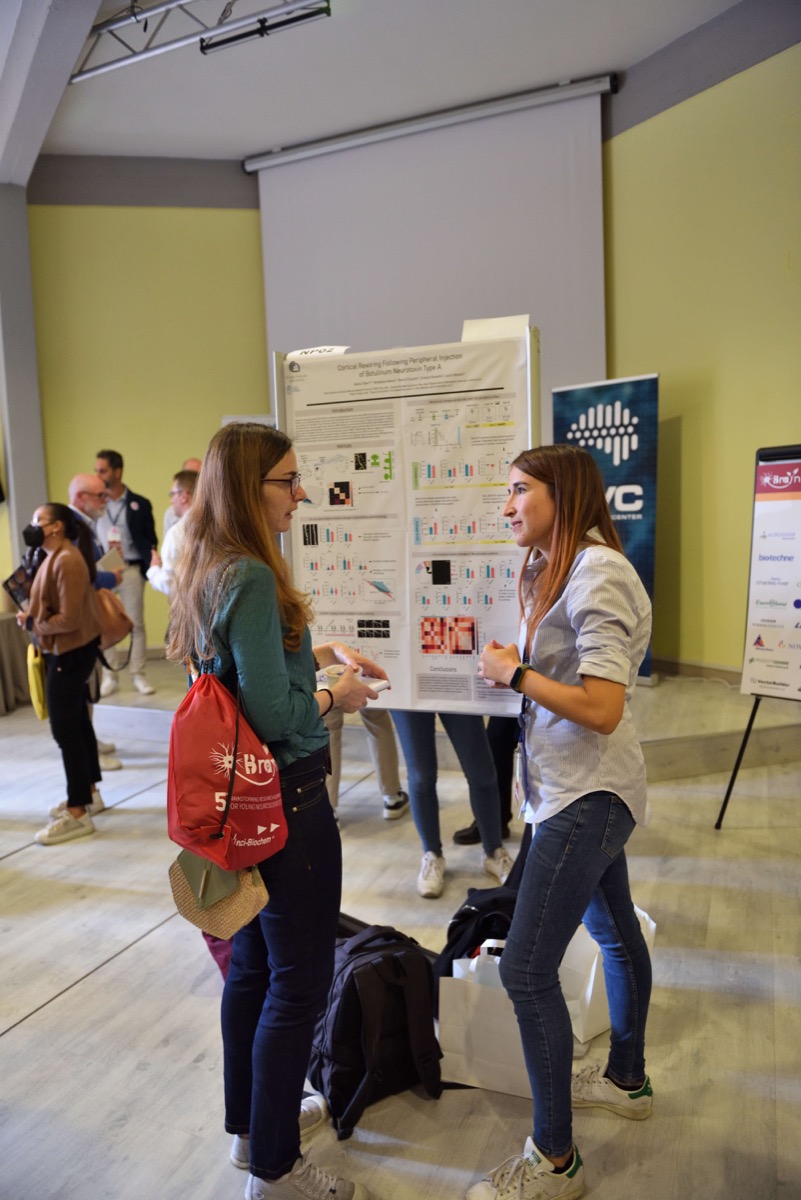BraYn 2023 Edition
6th Edition September 27th-28th-29th 2023
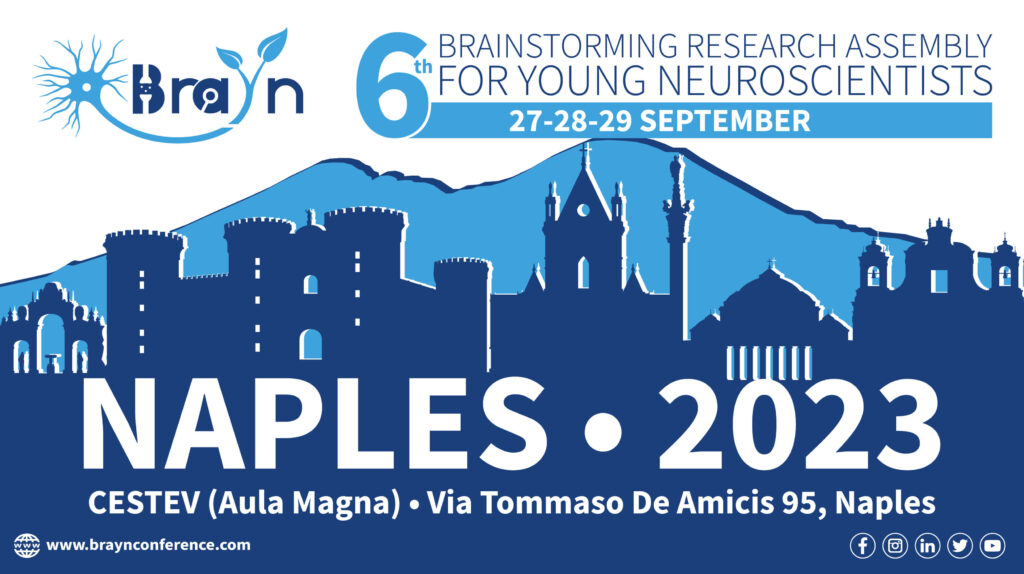
Download Book of Abstracts 2023
Download Scientific Program 2023
Invited Speakers
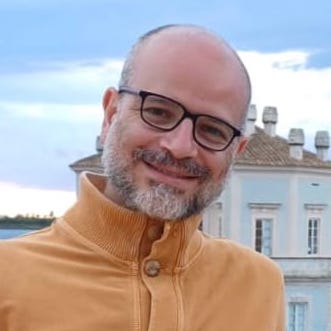
Domenico Arenella
(Tap/Click on the name to see the bio sketch)

Domenico Arenella
Biblioteca Medica P.G. Corradini - Azienda USL IRCCS di Reggio Emilia (Italy)
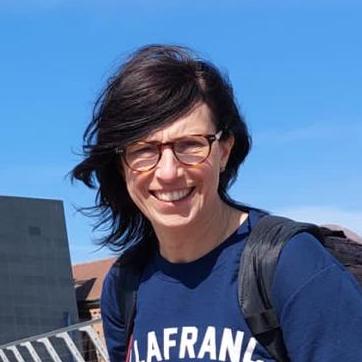
Maria Chiara Bassi
(Tap/Click on the name to see the bio sketch)

Maria Chiara Bassi
Biblioteca Medica P.G. Corradini - Azienda USL IRCCS di Reggio Emilia (Italy)
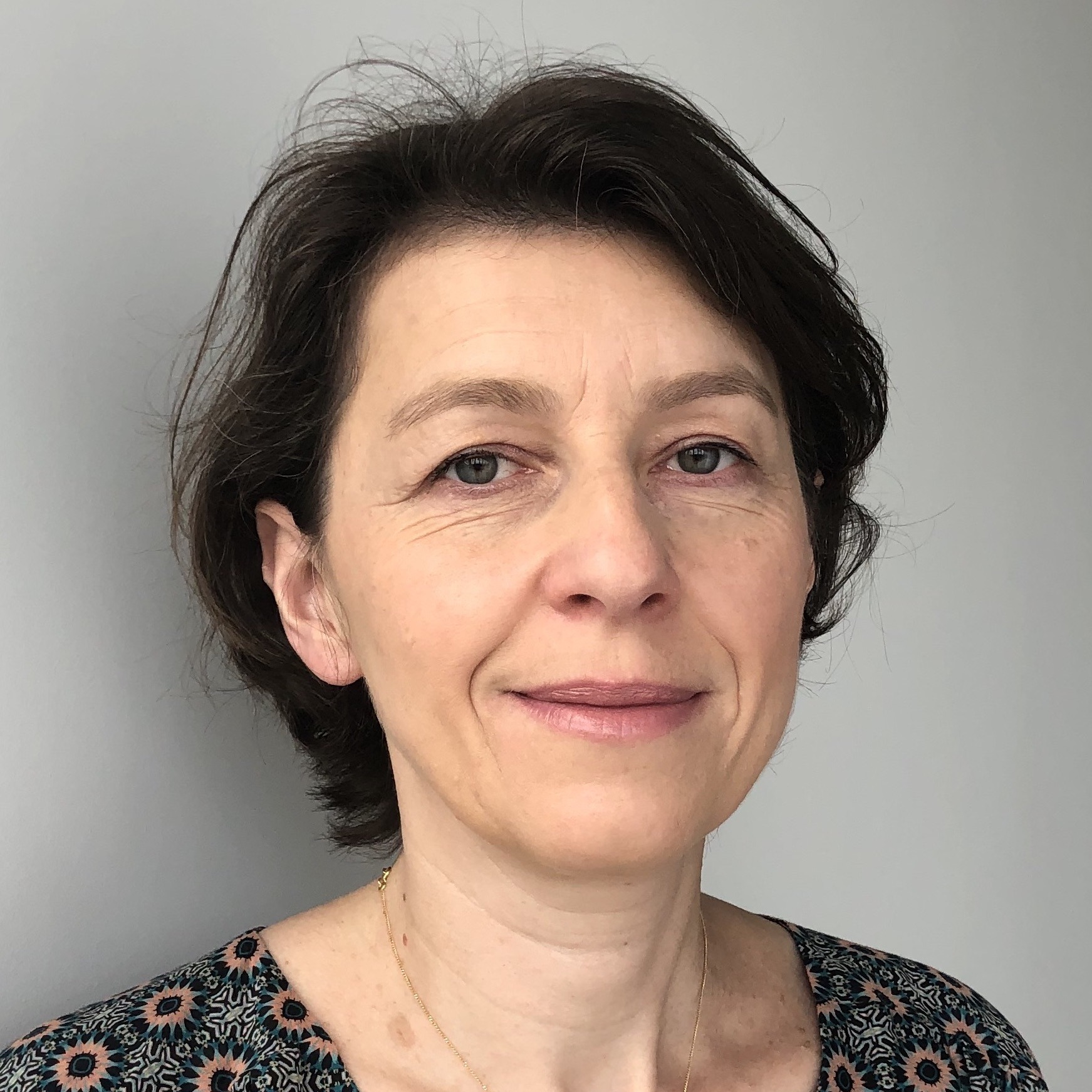
Séverine Boillée
(Tap/Click on the name to see the bio sketch)

Séverine Boillée
Paris Brain Institute - ICM, INSERM, Pitié-Salpêtrière Hospital, Paris (France) • Dr Severine BOILLEE was trained as a cell biologist and physiologist and received her PhD degree in Neurosciences, from the Paris XII University studying interactions between motor neurons and glial cells. She then moved to the University of California in San Diego (UCSD) and joined the group of Pr Don W. Cleveland, as a postdoctoral fellow. During her extensive postdoctoral research, she was implicated in defining the concept that motor neurons in Amyotrophic Lateral Sclerosis (ALS) do not die alone but their death is strongly influenced by interactions with the surrounding glia and immune cells. Dr. Boillee got hired as an assistant professor at the INSERM where she is now a research director/professor leading the Team “ALS causes and mechanisms of motor neuron degeneration” at the Paris Brain Institute – ICM at the Pitié-Salpêtrière Hospital / Sorbonne University, in Paris. Her current research focuses on the pathological interactions of microglial cells and peripheral macrophages with the affected motor neurons. The aim of her research is to dissect the toxic and protective components of these pathological neuro-glia interactions with the goal to define novel molecular pathways that could halt motor neuron degeneration and slow ALS disease progression. Dr. Boillee is a member of the scientific advisory board of the French ALS association (ARSla), of the European ALS association Fondation Thierry Latran, and the Health Sector rare diseases for ALS (FILSLAN). She is also on the editorial board of the journal “Neurology: Neuroimmunology & Neuroinflammation”. She received the “NRJ-Fondation de France” prize in 2011 and the “Fabrice Le Mouaher-FRM” Prize in 2022, for her research on ALS.
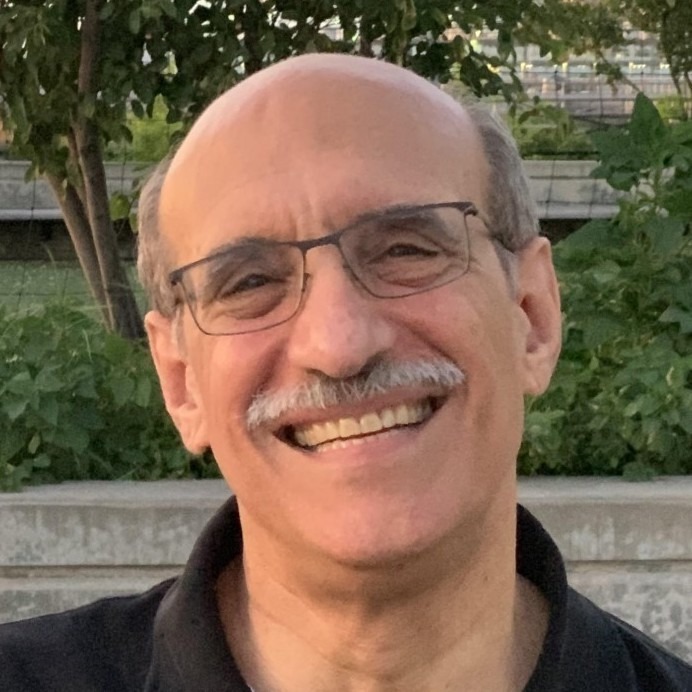
Martin Chalfie
(Tap/Click on the name to see the bio sketch)

Martin Chalfie
Department of Biological Sciences, Columbia University, New York (USA) •
Martin Chalfie, University Professor and former chair of the Department of Biological Sciences at Columbia University, shared the 2008 Nobel Prize in Chemistry for his introduction of Green Fluorescent Protein (GFP) as a biological marker.
He was born in Chicago, Illinois, but from the age of eight grew up in its northern suburb of Skokie, where he spent considerable time swimming and learning to play the classical guitar. He entered Harvard in 1965 with an interest in science, but by the time he graduated four years later, he had no confidence in his ability to do research and no clear plan for what to do next. After working for two years as a janitor, interviewer for an educational company, dress salesman, and high school teacher, he found himself working in a lab where, to his astonishment, an idea he had yielded publishable results. This success bolstered his confidence enough to apply to graduate school. He returned to Harvard where he obtained a Ph.D. in 1977 in Physiology with Robert Perlman. From 1977-1982 he did postdoctoral research with Sydney Brenner at the MRC Laboratory of Molecular Biology, Cambridge, England and then joined the Columbia faculty as an Assistant Professor in 1982.
As a postdoctoral fellow, Martin Chalfie and John Sulston established the first genetic model for mechanosensation using the nematode Caenorhabditis elegans. He and his lab at Columbia subsequently conducted molecular, genetic, and electrophysiological studies to understand the molecular basis of mechanosensory signaling and neuronal differentiation using C. elegans. His studies include work on neuronal degeneration, microtubule structure and function, neuronal outgrowth, the genetic control and maintenance of neuronal cell fate, and mechanosensory transduction and its modulation.
Dr. Chalfie is a member of the National Academy of Sciences and the National Academy of Medicine, a fellow of the American Academy of Arts and Sciences, and a foreign member of the Royal Society. He is a past president of the Society for Developmental Biology and current president of the American Society for Cell Biology. He also chairs the Committee on Human Rights of the National Academies of Sciences, Engineering, and Medicine.
Biographies often say what people did, but rarely what sustains them and makes them happy. For him this would be his wife, Tulle Hazelrigg, and daughter, Sarah. Both make him laugh, share their love, and keep him on his toes.
